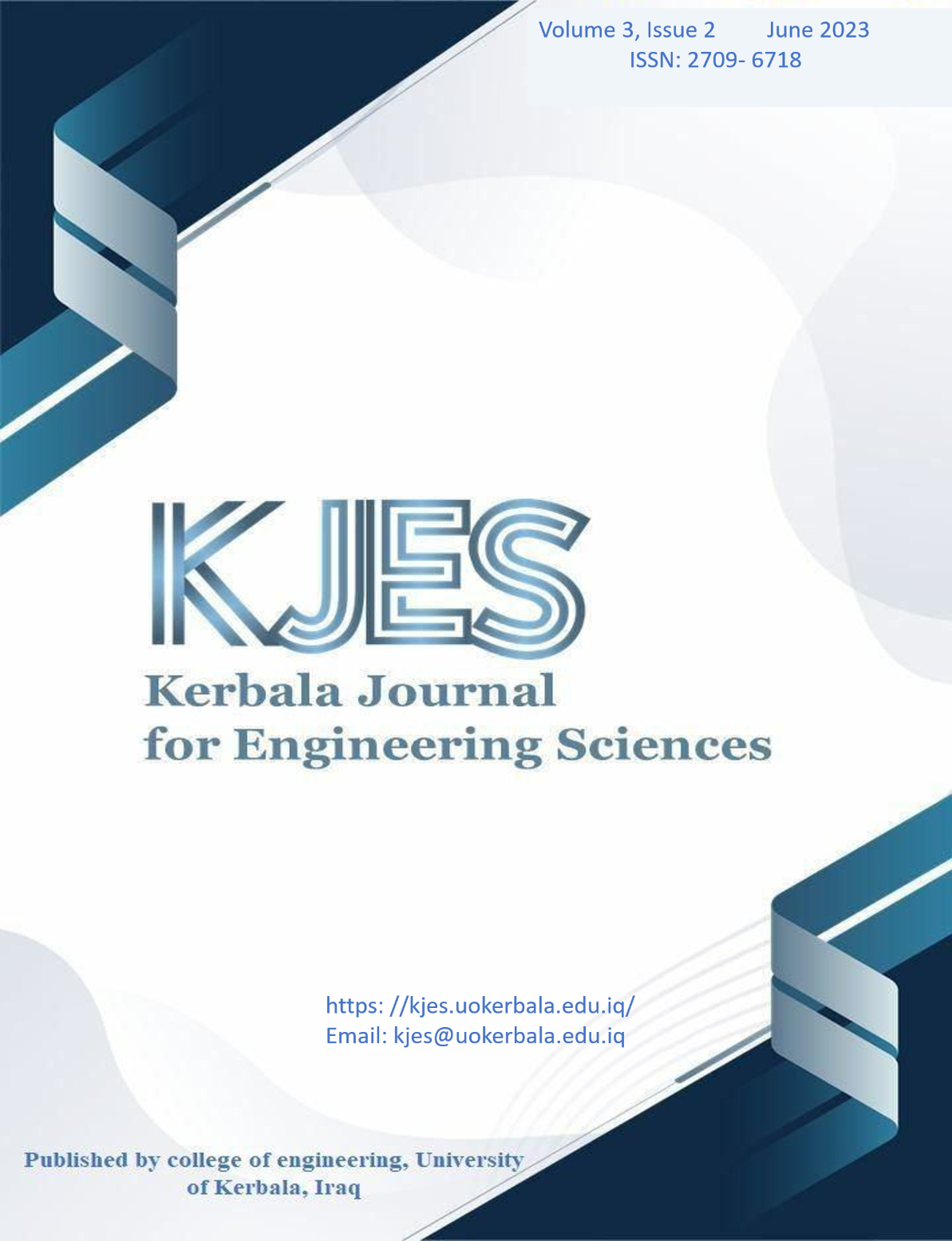Abstract
Traditional cities are characterized by different urban forms. The transformations in urban
formation came in response to human needs over time and technological developments. This
research explores the relationship between urban forms and microclimate in hot aired climate cities.
A comparative analysis for two selected urban forms patterns in Baghdad city as example of
ancient cities in hot aired climate. The study investigates the influence of urban form on
microclimate. The research relied on the ENVIMET 4.4.2 software simulation program to
determine the microclimatic differences. The results showed that urban form in traditional areas
achieved better results in microclimate (air temperatures, the average mean radiant temperature,
relative humidity, and wind speed) as compared to modern urban form during daytime periods,
especially in hot afternoon times, which may negatively affect the urban microclimate and the
thermal comfort of pedestrians in the spaces of modern urban form.
formation came in response to human needs over time and technological developments. This
research explores the relationship between urban forms and microclimate in hot aired climate cities.
A comparative analysis for two selected urban forms patterns in Baghdad city as example of
ancient cities in hot aired climate. The study investigates the influence of urban form on
microclimate. The research relied on the ENVIMET 4.4.2 software simulation program to
determine the microclimatic differences. The results showed that urban form in traditional areas
achieved better results in microclimate (air temperatures, the average mean radiant temperature,
relative humidity, and wind speed) as compared to modern urban form during daytime periods,
especially in hot afternoon times, which may negatively affect the urban microclimate and the
thermal comfort of pedestrians in the spaces of modern urban form.
Keywords
hot arid climate.
Microclimate
Simulation
urban form
Keywords
شكل حضري،المحاكاة، المناخ المحلي، المناخ الحار الجاف
